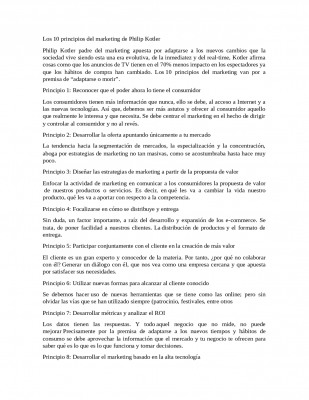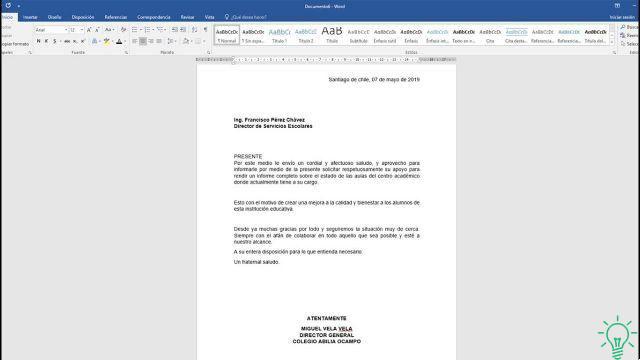
Last update: April 14, 2020
Knowing how to manage time does not mean making a list of activities to be done and ticking them off as they are completed. It is knowing how to plan, set priorities and obviously exclude those of little importance. There is a method that helps to manage time: the Stephen Covey matrix.
Covey himself believes that managing time correctly does not simply mean organizing tasks, it is a real philosophy of life. And it is because our well-being depends on it.
"There is never enough time to do everything, but there is always enough time to do the most important things."
Brian Tracy
Stephen Covey's four quadrants are a simple matrix made up of four sections. Each represents a certain category of priority regarding things to do. At the same time, each quadrant includes a series of activities that need to be managed differently. Let's see it in detail.
We also advise you to read: How to find time for me?
S. Covey quadrants to manage time
First quadrant
Imagine a cross. When you draw it, it turns out four white spaces, each of which is a Stephen Covey quadrant. At the top left is the first quadrant and corresponds to everything that responds to the "urgent" and "important" characteristics.
This space contains all the activities that cannot and must not be postponed under any circumstances. It concerns everything that really has priority over the rest and that, therefore, must be done or resolved immediately, putting aside the less important things.
In this quadrant there are situations such as the lack of electricity in the house. Many other things depend on this problem, so it is not possible to postpone it. The same applies in the event of illness, a domestic accident, etc..
Read also: Nomophobia: smartphone addiction becomes a disease
Second quadrant
Stephen Covey's second quadrant corresponds to questions which do not need to be resolved immediately, but which are nonetheless of great importance.. In other words, what is important, but not urgent. These are activities which are not decisive in the short term, but which are decisive in the long and medium term.
It includes the decisive issues in terms of quality of life and well-being, but not of life or death. Everything depends on health, so it is important to take care of it, otherwise the effects will be devastating in the long run.
We refer to activities such as preparing for a university exam, pursuing a satisfying relationship as a couple. Aspects such as training or refresher courses are included.
Third quadrant
It is the most deceptive dial. It is often not easy to determine which activities and tasks fall into this category due to the concept of "urgent", but in reality it is not a big problem.
The third quadrant could include everything that is superfluous and that we carry out by habit or by chance. For example, meet and chat with someone, without knowing exactly why or have a discussion via social network on an unimportant issue.
Fourth quadrant
In Stephen Covey's last quadrant there is a place for all that is useless, which is neither important nor urgent. However, these are still activities that absorb our time.
We are talking about activities such as checking email every five minutes or following a discussion on social networks without even having something to say about it or even watching television, chatting and the like.
Manage time correctly
Most people who draw the Stephen Covey matrix and try to put it into practice find that the first quadrants to fill are the first and third, respectively those of urgent, important and unimportant things.
Covey reveals that this happens because we tend to think that everything is urgent. And it is this feeling of urgency that underlies stress. Learning to manage these two categories of activities can be useful to make the most of the time we have available.
The author of this model recommends focusing mainly on the second quadrant, those of not urgent but important things, because this is where well-being and happiness reside. If we can clearly recognize what can fit into this space, then Stephen Covey's matrix will succeed in his intent.

























